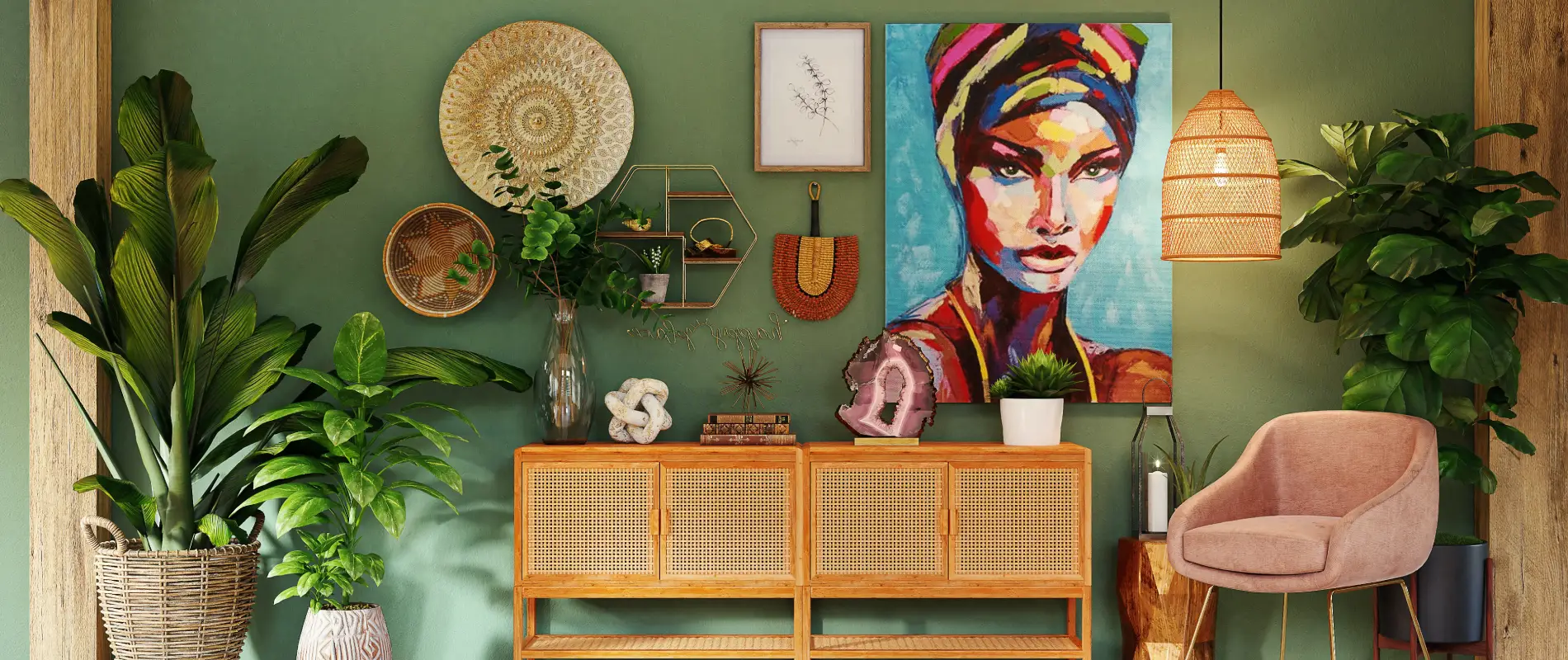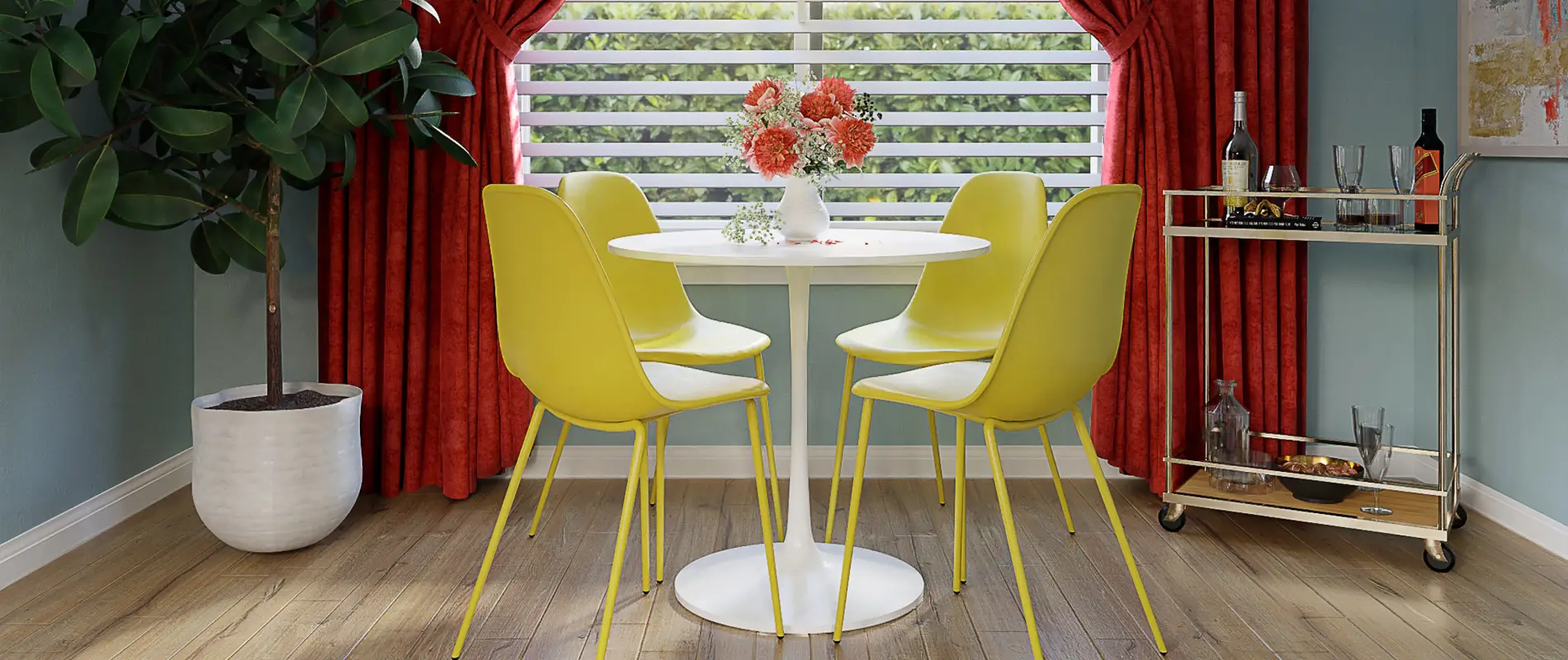Discover the perfect footer block design for your WordPress site
A footer is that crucial section at the bottom of your WordPress website that often goes underappreciated. It’s more than just a bookend to your pages-it holds the key to essential information, user interactions, and enhancing your site’s overall aesthetics. Designing your footer can significantly impact user experience, making it an integral part of your WordPress website design.
Original design overview
Imagine a sleek, modern footer that captures your site’s essence at a glance! Featuring a four-column layout with well-organised sections-“About us,” “Useful links,” “From the blog,” and “Contact us”-this design makes information easy to find. The one-layer setup looks pristine on all devices, helping enhance your WordPress web design.
Key features of this footer block design
Layout analysis
- Overall structure: The four-column layout provides a clear overview without overwhelming visitors with too many options.
- Arrangement: Each section is aligned to improve usability. The slight asymmetry in the “From the blog” column adds a touch of style.
- Asymmetrical choices: The design brings a sophisticated look without deviating from its streamlined appeal.
Element and feature description
- Headers: Impactful headers guide visitors through content smoothly.
- Text blocks: Concise text sections engage and inform users, featuring link lists for seamless navigation.
- Engaging text lines: Interactive messages like “Hello there” open up immediate engagement.
- Interactive elements: Icons for communication and social media platforms like Facebook foster interaction.
- Social media presence: Prominent icons boost your online visibility.
- Stylish typography: Fonts give a modern touch while maintaining text clarity.
- Iconography: Intuitive icons under each header help visitors easily understand content.
Unique design aspects
- Standout choices: Combining icons with interactive features engages users effectively.
- Hover effects: Although not mandatory, these can enhance interaction.
- Responsive design: Ensures your footer appears cohesive on all devices.
- Accessibility focus: Structured text and headings improve readability and accessibility.
Overall design style
- Modern & professional: This footer design suits a great range of industries by combining sophistication with approachability.
- Visual hierarchy: Strong headers define a straightforward navigation path.
- Balanced aesthetics: Effective use of white space enhances visual appeal and readability.
Summary
Elevate your WordPress site design with a user-friendly footer block. Its thoughtful construction and interactive elements create an inviting user experience whilst improving content accessibility. Embrace this design to optimise both your site’s functionality and visual appeal.
10 use cases for the footer
Professional services website
For consultants, law firms, and agencies, a well-structured footer provides a space to include links to important documents such as terms and conditions, and privacy policies, thus improving compliance and trust. It can also display brief contact details and social media icons, offering a way for users to connect beyond the site.
E-commerce platforms
An e-commerce footer can house quick links to shipping information, return policies, and customer support. It provides easy access to your store’s social media profiles, encouraging ongoing engagement with customers. The footer becomes a key hub for essential information, reducing friction in the buying process.
Blog websites
Blog footers benefit from this structure by showcasing recent posts, categories, or archives. The additional space for social media links encourages sharing and wider audience building. By organising content effectively, you ensure visitors can explore more easily.
Educational institutions
For schools or universities, a footer can efficiently navigate users to student resources, online portals, faculty directories, or event calendars. Including contact information and campus links also makes vital information accessible, meeting community needs swiftly.
Non-profit organisations
Non-profits can use a footer to foster community connections by including donation links, volunteer information, and mission statements. Social media icons ensure the message reaches a broader audience, aiding fundraising efforts.
Healthcare providers
In healthcare websites, footers can highlight critical contact details, emergency links, and appointment forms. Direct access to patient portals and social media ensures a comprehensive yet straightforward user journey.
Restaurant or café sites
For dining establishments, showcase menus, reservations, and location maps in the footer. Social media integration reveals the community vibe, helping entice guests to visit and share their experiences.
Event planning services
Presenting package details, client testimonials, and booking information makes effective use of a footer. Alongside contact and social media icons, it supports both new client acquisitions and existing relationships.
Real estate agencies
Property links, area guides, and agent bios in your footer give potential clients all they need in one spot. It’s a great place for showcasing testimonials or service reviews, essential in a trust-driven industry.
Travel and tourism sites
With paths to booking services, itineraries, and travel tips, a footer becomes a vital organisational tool. It simplifies browsing for users and supports their journey from inspiration to planning.
5 ways to use the footer
Enhancing navigation
Your footer layout can feature secondary navigation, like an index of important internal links, offering alternatives for finding essential pages. This improves user retention by ensuring that vital information is at visitors’ fingertips.
Promoting accessibility
A footer with accessible design considerations such as contrasting colours for readability, ALT text for images, and properly labelled links invites engagement from all users, enhancing the overall user experience.
Strengthening SEO
Strategically placed keywords in the footer can boost your site’s search rankings. Adding links to secondary pages or categories can distribute page authority, increasing visibility across more areas of your site.
Building brand identity
Your footer can reflect your brand’s personality through consistent typography, colour schemes, and a logo, reinforcing identity at every level of your site. This creates a cohesive, professional image that entices users to engage more deeply.
Increasing conversions
By adding CTAs like “Request a Quote” or “Subscribe to our Newsletter,” your footer becomes a vehicle for conversions. Simple, straightforward messages encourage users to take action, directly impacting your business’s success.
Questions and insights
What is a footer on a website?
A footer is a section located at the bottom of a WordPress website containing important information like contact details, site navigation, and policies.
What is the size of a website footer?
The size varies based on design preferences, content, and layout requirements. A standard size is between 50 and 200 pixels in height, but the content’s complexity is the true decider.
What is the bottom of a website called?
The bottom of a site is called a footer. It typically acts as the closing section providing crucial links and information.
How do I add a footer to my website?
You can add a footer through your theme’s customiser in WordPress or by manually coding it into WordPress website builders.
What elements should be included in a website footer?
Key elements include contact information, legal disclaimers, social media links, and a sitemap or quick links for navigation.
How can I make my website footer responsive?
Use responsive design techniques in your footer HTML and CSS, ensuring it adjusts fluidly across various screen sizes.
What are some best practices for footer design?
Avoid overload; incorporate clear links, maintain design consistency, use appropriate contrast, and integrate social media effectively.
How can I customise my WordPress footer without coding?
Use tools like the WordPress Customiser or page builders like Elementor Alternatives which support customisation options without writing any code.



